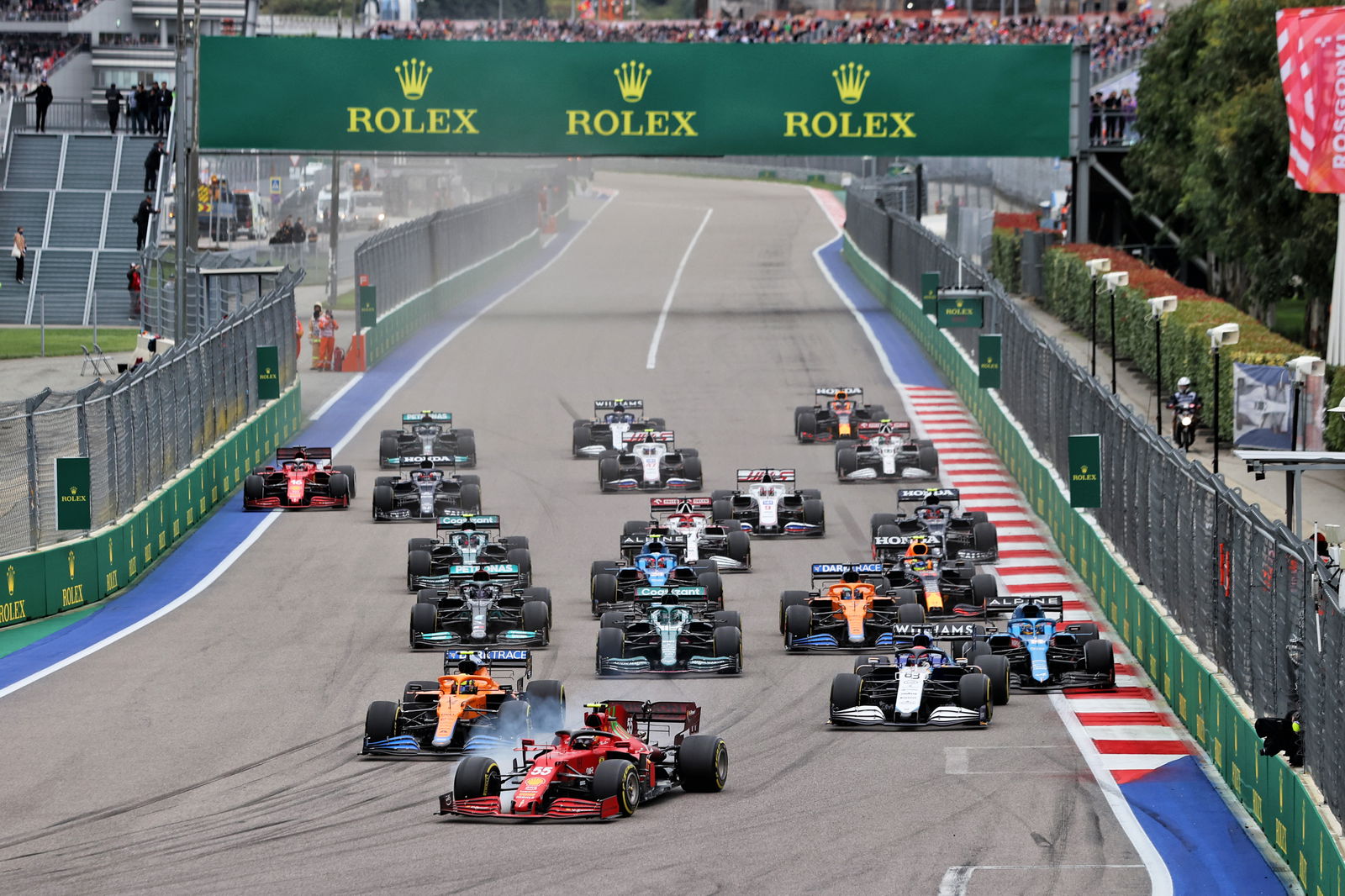McLaren expects F1 porpoising to no longer be a topic after five races

Porpoising has been the buzzword in the F1 paddock during the last week's test, with the re-introduction of ground effect floors causing it.
During pre-season testing at Barcelona, cars were often bouncing down the start-finish straight when reaching high speeds, potentially leading to a loss of downforce or potential safety issues because the suspension is shaken violently.
Key thinks teams will find ways of fixing porpoising through setup tweaks or aerodynamic development.
“There are several factors involved in this,” Key explained on Friday in Barcelona. “It is probably a combination of the two. That is certainly what we found, is that you can have a combination of things which promote it. Then you can back out of that. As you would expect, promoting it is theoretically the right way to go with the set-up or an aero development. Then you find that it is kicking it off a bit more.
“There is something to learn. I am sure it is something that everyone will get on top of. It is a topic because it is very visible, but ultimately there will be solutions there between the set up the aerodynamic development, where you discover how to manage it. I do not think it’ll be much of a topic after the first five or six races.”
McLaren has been one of the teams that has been least affected by porpoising, with its floor design rumoured to be aiding its stability at high speed.
Key says it’s not been a “major concern or distraction” for either McLaren drivers so far in testing.
“We have experienced a little bit of that,” Key added. “We have seen on most cars that it is obviously a factor of the ground effect car which is extremely sensitive to ride height. You can get it into an oscillation that can be set off by a bump. Then you get this instability very down low, and the car comes up and picks up downforce again.
“That is what it does. It is a factor of how these cars work. That is not to say it is not fixable. There are elements of set-up that you can use to try and improve that. We had a couple of test items that appeared to promote it a bit more and removing it reduced it, so you can fix it aerodynamically as well.
“I think where we are is that obviously, we have noticed it. It has not really been a topic for us so far. That is not to say we won’t come back with further development, we suffered from it a bit but it is not a major concern or distraction for our drivers right now.”


